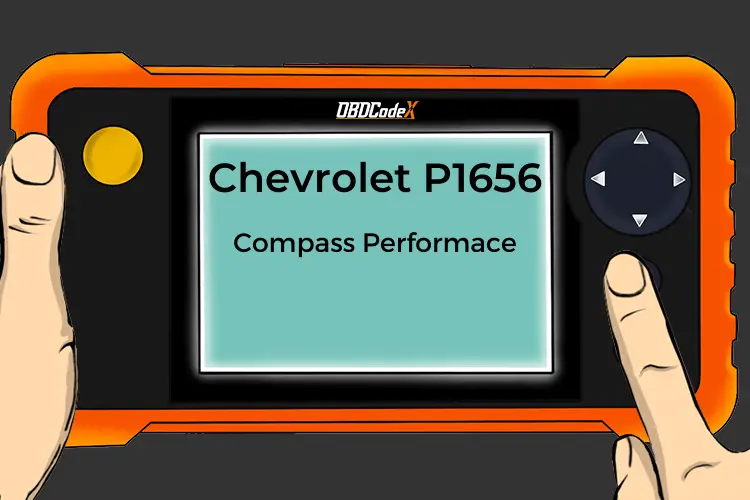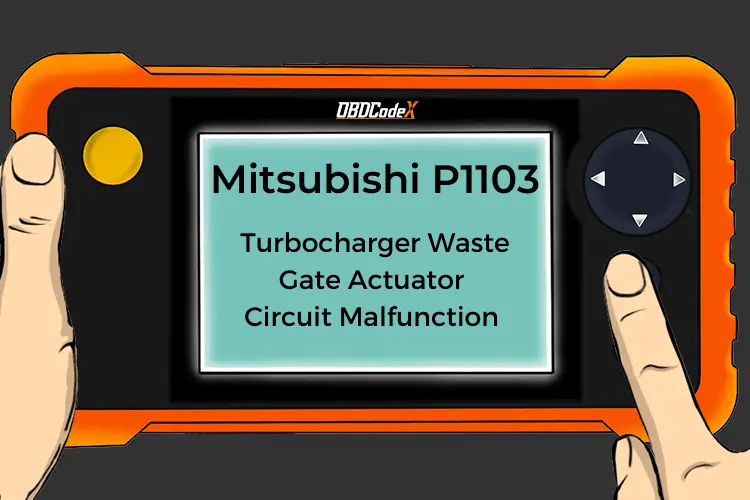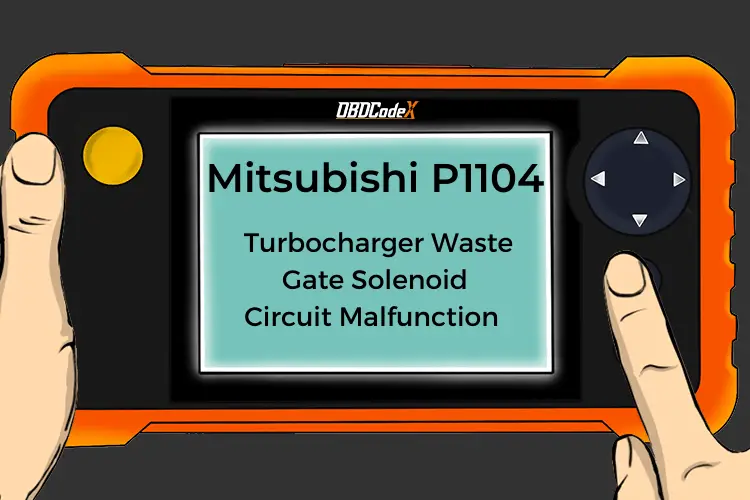P0250: Turbocharger Wastegate Solenoid B High
Is your scanner showing P0250?
No worries. We'll show you what it means and how to deal with it.
P0250: Turbocharger Wastegate Solenoid B High
OVERVIEWWhat Does The P0250 Code Mean?
The Powertrain Control Module (PCM) controls the boost pressure in a gasoline or diesel engine by controlling the output circuit to the “B” wastegate/boost pressure control solenoid.
Depending upon how the manufacturer activates the solenoid, when the PCM provides a power supply or a ground to the solenoid to energize it and the PCM notices that there is already voltage applied to a circuit when there should not be, the PCM will set code P0250.
This code is considered to be an electrical circuit fault only.
Troubleshooting steps may vary depending upon manufacturer, type of wastegate/boost pressure control, and wire colors to the control solenoid.
What Are The Symptoms Of The P0250 Code?
Symptoms of a P0250 engine code may include:
- Malfunction Indicator Light On
- Instrument cluster message alerting driver to condition
- Lack of power
What Are The Potential Causes Of The P0250 Code?
Potential causes for this code to set are:
- Open in the control circuit (ground circuit) between the wastegate/boost pressure control solenoid B and the PCM
- Open in the power supply circuit between the wastegate/boost pressure control solenoid B and the PCM
- Short to power on the control circuit (power controlled circuit) between the B wastegate/boost pressure control solenoid and the PCM
- Wastegate/boost pressure control solenoid B faulty
- Possibly a PCM has failed (highly unlikely)
How Can You Fix The P0250 Code?
Check For TSBs
A good starting point is always to check for technical service bulletins (TSB) for your particular vehicle. Your issue may be a known issue with a known fix put out by the manufacturer and can save you time and money during diagnosis.
Locate The “A” Wastegate/Boost Pressure Control Solenoid
Next, locate the “A” wastegate/boost pressure control solenoid on your particular vehicle. Once located, visually inspect the connectors and wiring. Look for scraping, rubbing, bare wires, burn spots or melted plastic. Pull the connectors apart and carefully inspect the terminals (the metal parts) inside the connectors. See if they look burned or have a green tint indicating corrosion. Use electrical contact cleaner and a plastic bristle brush if cleaning of the terminals is needed. Let dry and apply electrical grease where the terminals contact.
The most common failure is due to electrical/vacuum connection issues.
Clear The Diagnostic Trouble Codes
If you have a scan tool, clear the diagnostic trouble codes from memory, and see if P0250 returns. If it does not, then the connections were most likely your problem.
If the code does return, we will need to test the solenoid and its associated circuits. Typically, there are 2 wires at the wastegate/boost pressure control solenoid. First, disconnect the harness going to the wastegate/boost pressure control solenoid. With a Digital Volt Ohm Meter (DVOM), connect one lead of the meter to one terminal of the solenoid. Connect the remaining meter lead to the other solenoid terminal. It should not be open or shorted. Verify the resistance specifications for your particular vehicle. If the solenoid is either open or shorted (infinite resistance or no resistance/0 ohms), replace the solenoid.
If that test passes, with a DVOM, check to make sure you have 12V on the wastegate/boost pressure control solenoid power supply circuit (Red lead to the solenoid power supply circuit, black lead to a good ground). Insure ignition is on. If there is no 12 volts to the solenoid, or if there is 12 volts when the ignition is turned off, repair the wiring from the PCM or relay to the solenoid, or possibly a bad PCM.
Check The Ground At The Wastegate/Boost Pressure Control Solenoid
If that’s OK, check to make sure you have a good ground at the wastegate/boost pressure control solenoid. Connect a test light to 12V battery positive (red terminal) and touch the other end of the test light to the ground circuit going to the Wastegate/boost pressure control solenoid circuit ground.
Using the scan tool to actuate the wastegate/boost pressure control solenoid, see if the test light come on each time the scan tool actuates the solenoid. If the test light does not light up, this would indicate the problem circuit. If it does light up, wiggle the wiring harness going to the solenoid to see if the test light flickers, indicating an intermittent connection.
Insure that all mechanical devices are attached and working as well. Insure that if vacuum operated, there is sufficient vacuum is present at the wastegate/boost pressure control solenoid. If not, locate the source of blockage or leakage for the vacuum.
If all tests have passed so far, and you continue to get a P0250 code, this would most likely indicate a failed wastegate/boost pressure control solenoid, although a failed PCM could not be ruled out until the solenoid had been replaced.
If unsure, seek assistance from a trained automotive diagnostician. PCMs must be programmed, or calibrated to the vehicle in order to be installed correctly.
Recommended Parts
Below are some recommended auto parts to help you address the trouble code affecting your vehicle and get it running smoothly again:
>>> WORKPRO 582-piece Crimp Terminals, Wire Connectors, Heat Shrink Tube, Electrical Repair Kit
>>> Dorman 86689C 399 PC Automotive Electrical Repair Kit
>>> ECU
>>> KAIWEETS Digital Multimeter
Note: During the purchasing process, please check carefully whether the part you want to buy fits your car!
Reference Sources
P0250: Turbocharger Wastegate Solenoid B High, OBD-Codes.




